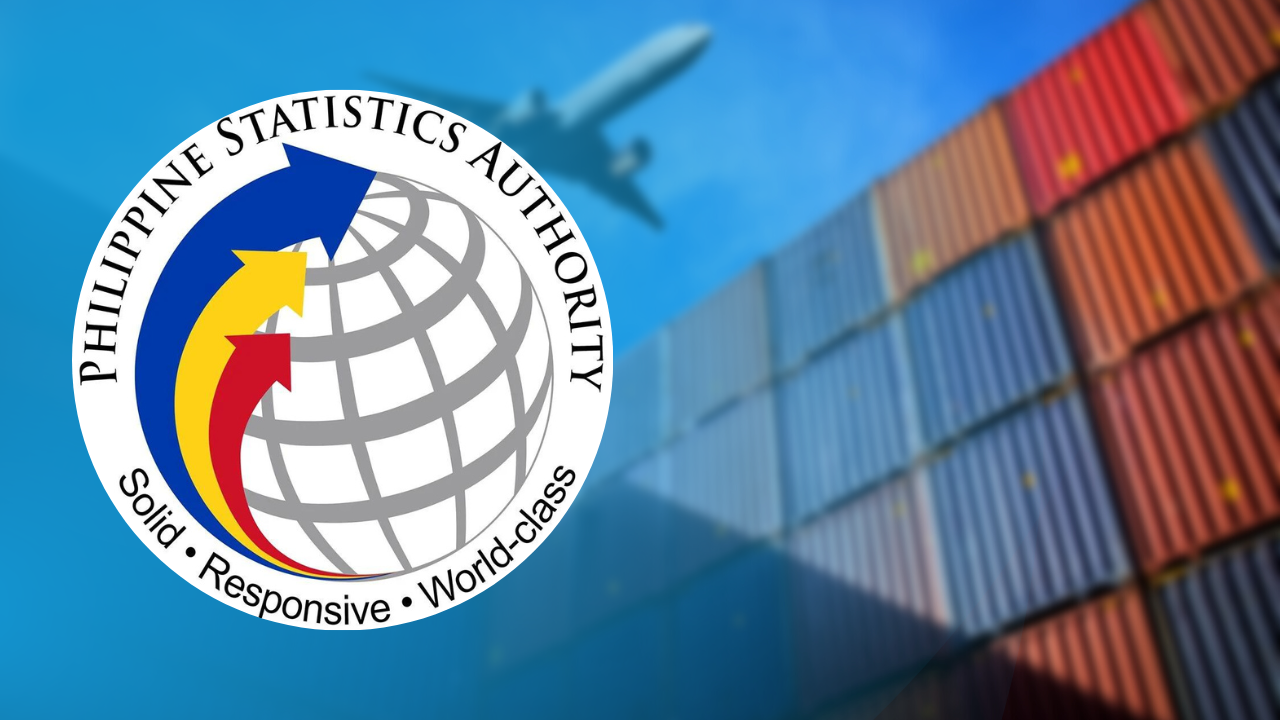Philippine Export Surge Narrows Trade Deficit Amid Global Challenges

"Philippine Export Surge Narrows Trade Deficit Amid Global Challenges"
In the bustling heart of Manila, a remarkable economic narrative unfolds as Filipino exporters defy global trade turbulence, notably the US-imposed tariffs, to achieve a significant triumph in May. The Philippine Statistics Authority (PSA) has unveiled data revealing that export receipts soared to an impressive $7.29 billion, marking a robust 15.1 percent year-on-year growth. This achievement ranks as the third highest on record since 1991, a testament to the resilience and adaptability of the nation's export sector.
Central to this export boom are electronic products, the crown jewel of the Philippines' export portfolio. Earnings from these high-demand items saw an 8 percent increase, with semiconductor shipments alone rising by 5 percent. Over the first five months of the year, total exports surged at an annualized rate of 10.8 percent, reaching $34.20 billion. This surge has contributed to a narrower trade deficit, a development that has garnered cautious optimism among economic analysts.
According to PSA data, the trade deficit in May stood at $3.29 billion, a notable 30.4 percent reduction from the same period last year. This marks the smallest trade gap since the $2.97 billion shortfall recorded in February. John Paolo Rivera, a senior research fellow at the Philippine Institute for Development Studies, interprets this as a positive signal. "The narrower trade deficit is a welcome development mainly due to improved electronics shipments and higher demand from key markets like the United States and China," Rivera explains. "This signals recovering external demand and improved supply chain conditions."
However, the narrative is not without its complexities. While exports have thrived, imports have experienced a downturn, falling by 4.4 percent to $10.58 billion in May. This decline outpaces the previous month's 2.5-percent contraction. Notably, energy imports have plummeted by 40 percent, a consequence of retreating global oil prices and a relatively strong peso, which has helped reduce import costs.
Despite the overall import slump, certain sectors have shown resilience. Inbound shipments of capital goods, essential for local production, grew by 5 percent, while consumer goods imports surged by 13.9 percent. Rivera offers a forward-looking perspective: "Outlook-wise, exports may continue to improve if global demand stabilizes and trade tensions ease, but import recovery will depend on stronger domestic spending and investment activity. Sustained trade rebalancing will require both export competitiveness and revitalized industrial demand."
The unfolding trade dynamics present a complex tapestry of challenges and opportunities for the Philippines. As the nation navigates the intricate waters of global commerce, the interplay between export success and import fluctuations will be crucial in shaping its economic trajectory. The resilience demonstrated by Filipino exporters offers a beacon of hope, yet the path to sustained trade equilibrium remains fraught with uncertainties and potential shifts in the global economic landscape.
🔮 Fortellr Predicts
Confidence: 85%
The recent surge in Philippine exports, particularly in electronics and semiconductors, is likely to have significant implications for the country's economic stability and trade relations. This export growth, coupled with a decline in imports—especially energy—indicates a trend towards a more balanced trade profile. The strong performance in electronics, a key export, is expected to continue, driven by recovering global demand and improved supply chain conditions. Given the historical context of regional trade dynamics during economic adjustments, this trend suggests the Philippines aims to reinforce its position as a competitive supplier in the global market. Stakeholder responses from both government agencies and private sector entities will likely focus on further bolstering export capacities and diversifying product offerings to mitigate future trade volatility. Enhanced cooperation with major trading partners, such as China and the US, may also be pursued to maintain and capitalize on demand stability.
The narrowing of the trade deficit will likely attract more foreign investment, enhancing the Philippines' economic outlook and mitigating regional economic pressure points seen in countries like China, which faces economic slowdown concerns. These developments could also prompt strategic shifts in Philippine economic policy, emphasizing long-term sustainable trade practices and infrastructure improvements to support export growth. Additionally, a further strengthening of the peso may lead to more competitive import pricing, improving domestic business conditions.
Systemic effects may include increased focus on technological advancements and industrial strengthening to maintain export competitiveness. There may also be environmental and regulatory considerations, as energy import slumps align with greener and more sustainable industrial practices. This shift could position the Philippines as a regional leader in climate-aligned manufacturing, especially if supported by strong government policy and international collaboration. Such a trajectory would require careful navigation of trade relations and potential geopolitical tensions, particularly with major economic players like China.
In terms of cascade implications, a sustained export surge could reshape labor market dynamics, requiring skill development and workforce adaptation to support high-tech manufacturing sectors. The ripple effect of improved trade balances may also contribute to regional economic stability, influencing ASEAN dynamics and potentially encouraging other member states to adopt similar economic strategies.